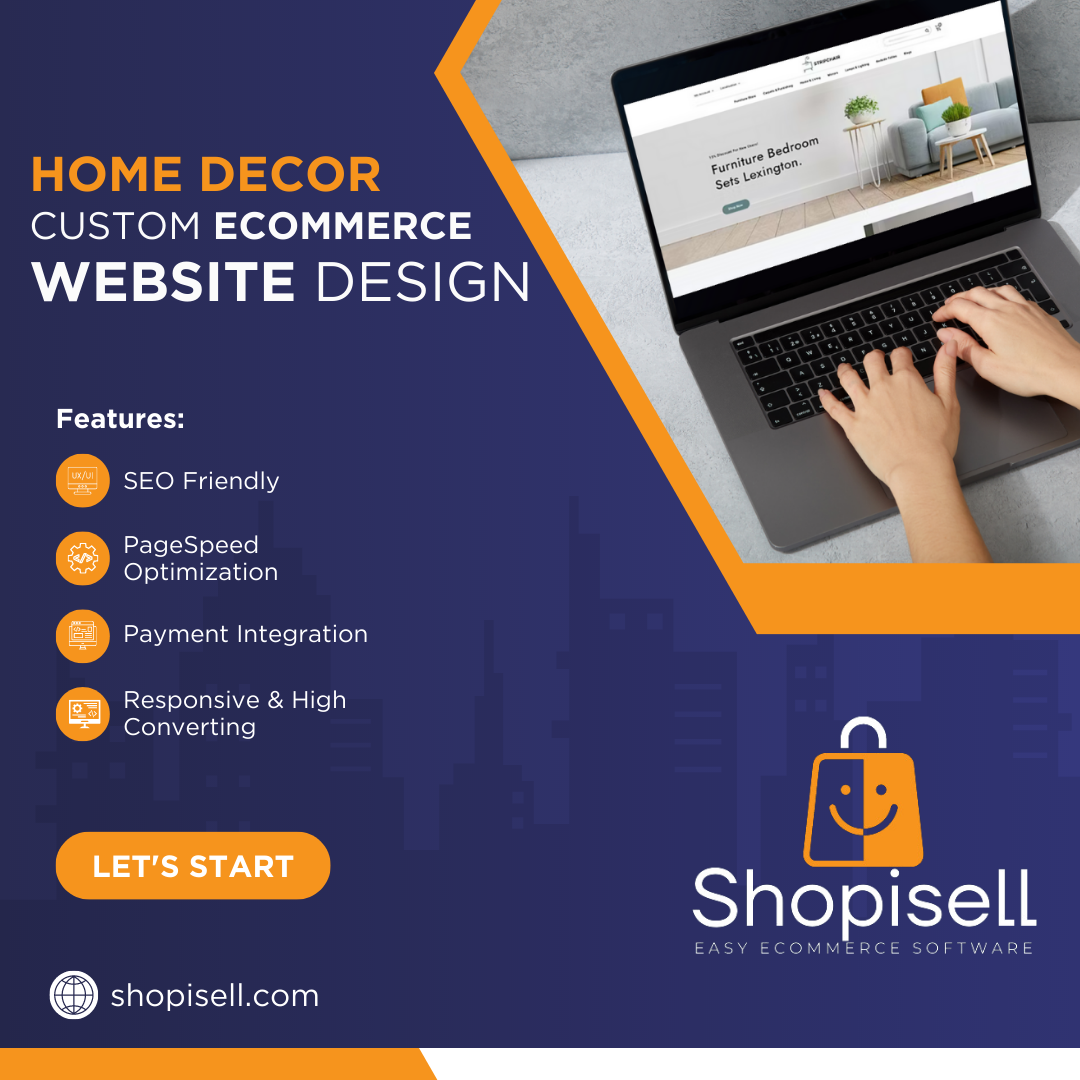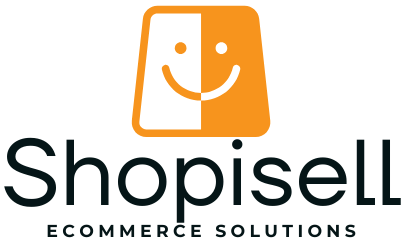
The Journey Behind Award-Winning E-Commerce Website Designs
In the competitive realm of e-commerce, having an award-winning website design can be a game-changer. It not only helps in capturing the attention of potential customers but also builds credibility and drives conversions. This article explores the journey of creating an award-winning e-commerce website design, from initial concept to final execution, and highlights the key elements that contribute to its success.
H1: Understanding the Importance of Award-Winning E-Commerce Website Designs
An award-winning e-commerce website design stands out due to its combination of aesthetics, functionality, and user experience. It reflects the latest trends and best practices while addressing the unique needs of the business and its customers. Here’s a look at why investing in a top-tier design is crucial:
Increased Visibility: A well-designed website improves search engine rankings and attracts more organic traffic.
Enhanced User Experience: A user-friendly design ensures that visitors can easily navigate and find what they need, leading to higher satisfaction and conversion rates.
Brand Credibility: Professional and innovative designs enhance brand perception and build trust with potential customers.
H2: The Process of Creating an Award-Winning E-Commerce Website Design
Creating an exceptional e-commerce website involves several key stages. Each stage contributes to the overall success and effectiveness of the final product.
H3: 1. Research and Planning
The journey begins with thorough research and planning. This phase involves understanding the market, target audience, and business goals.
Market Research: Analyze competitors and market trends to identify opportunities and challenges. This helps in setting a clear direction for the design.
Target Audience Analysis: Understand the preferences, behaviors, and pain points of your target audience. This ensures that the design addresses their needs effectively.
Goal Setting: Define the primary objectives of the website, such as increasing sales, improving customer engagement, or expanding to new markets.
H3: 2. Conceptualization and Design
Once the research and planning are complete, the conceptualization and design phase begins. This is where the visual and functional aspects of the website are crafted.
Wireframing: Create wireframes to outline the layout and structure of the website. This serves as a blueprint for the design and helps in visualizing the user flow.
Visual Design: Develop the visual elements, including color schemes, typography, and imagery. The design should align with the brand identity and create a cohesive look.
Prototype Development: Build interactive prototypes to test and refine the design. This allows for user feedback and adjustments before the final development.
H3: 3. Development and Implementation
The development phase involves translating the design into a functional website. This stage focuses on coding, integrating features, and ensuring optimal performance.
Front-End Development: Code the visual elements and ensure that the website is responsive across different devices and browsers.
Back-End Development: Develop the server-side functionality, including database management, user authentication, and payment processing.
Feature Integration: Implement essential e-commerce features such as product management, advanced search, and checkout systems.
H3: 4. Testing and Optimization
Testing and optimization are crucial to ensure that the website performs well and meets user expectations.
Functionality Testing: Check all features and functionalities to ensure they work as intended. This includes testing payment gateways, product listings, and user accounts.
Performance Optimization: Optimize the website for speed and performance. This involves compressing images, minimizing code, and leveraging caching techniques.
User Testing: Conduct user testing to gather feedback on the design and usability. Make necessary adjustments based on user insights.
H3: 5. Launch and Post-Launch Activities
The final phase involves launching the website and monitoring its performance.
Launch: Deploy the website and ensure that all systems are operational. Announce the launch through marketing channels to attract initial traffic.
Monitoring: Continuously monitor the website’s performance using analytics tools. Track key metrics such as traffic, conversion rates, and user behavior.
Maintenance: Regularly update and maintain the website to ensure it remains secure and functional. Address any issues promptly and make improvements as needed.
H2: Key Elements of Award-Winning E-Commerce Website Designs
Several key elements contribute to making an e-commerce website design award-winning. These elements focus on enhancing user experience, functionality, and overall effectiveness.
H3: 1. User Experience (UX)
Intuitive Navigation: Ensure that users can easily find products and information. Use clear menus, filters, and search functionality.
Personalization: Offer personalized recommendations based on user behavior and preferences. This can increase engagement and sales.
Mobile Optimization: Design for mobile devices to cater to the growing number of mobile shoppers. A responsive design ensures a seamless experience across all devices.
H3: 2. Visual Appeal
High-Quality Imagery: Use professional images and videos to showcase products effectively. Include zoom functionality and multiple views.
Consistent Branding: Maintain a consistent brand identity through color schemes, typography, and design elements. This helps in building brand recognition.
Aesthetics: Create a visually appealing design that reflects the brand’s personality and appeals to the target audience.
H3: 3. Functionality
Advanced Features: Incorporate advanced e-commerce features such as product variants, promotional codes, and global currency options.
Speed and Performance: Optimize the website for fast loading times and smooth performance. A slow website can deter users and impact conversions.
Security: Implement robust security measures to protect user data and transactions. Use SSL certificates and other security protocols.
H3: 4. SEO and Marketing
Search Engine Optimization: Optimize on-page elements, content, and technical aspects for better search engine rankings. This drives organic traffic to the website.
Digital Marketing: Integrate digital marketing strategies such as social media campaigns, content marketing, and email marketing to drive traffic and engage users.




